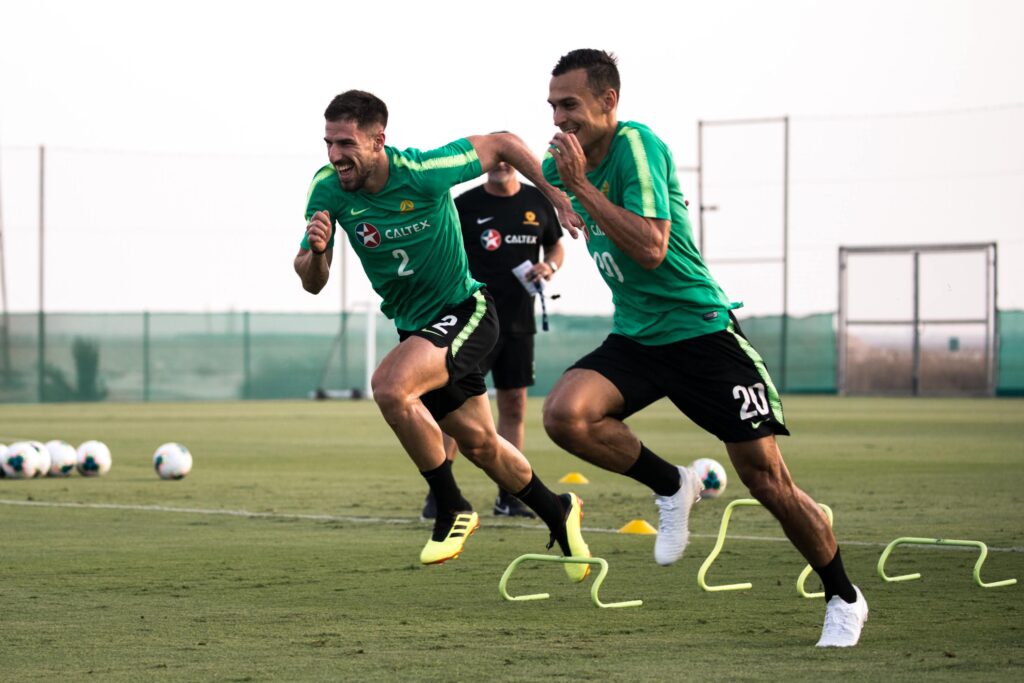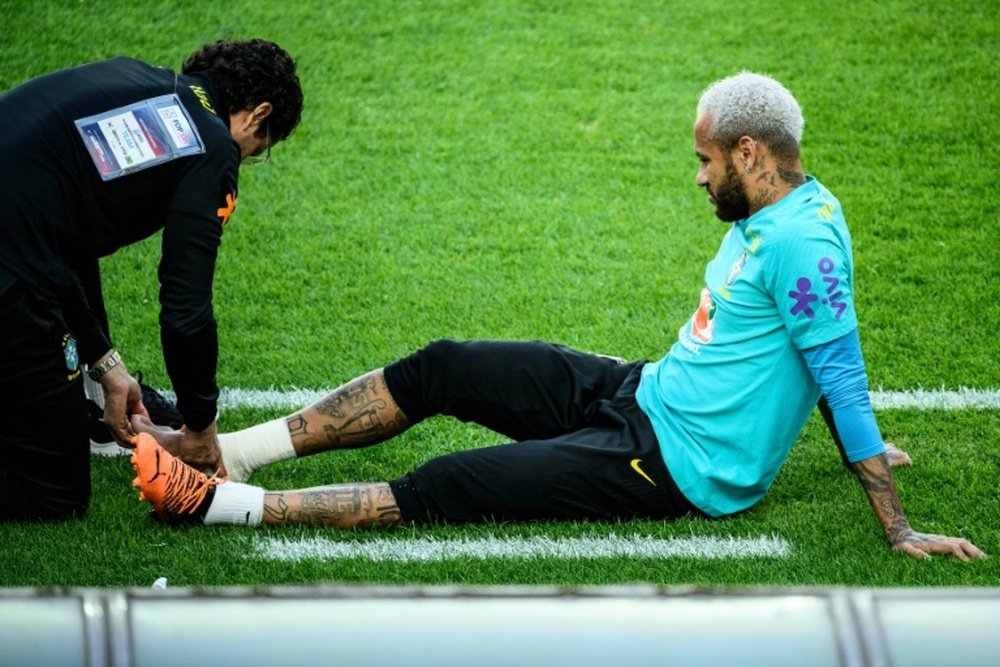![]() +971 6 522 6368
+971 6 522 6368 ![]() +971-56-994-6523
+971-56-994-6523 ![]() info@resalahphysio.com
info@resalahphysio.com
Football Injury Prevention and Physiotherapy Treatment
Football injuries can be prevented through a combination of proper training, conditioning, and following safety guidelines. Physiotherapy plays a crucial role in both preventing injuries and providing treatment for football-related injuries. Here are some key points to consider:

1. Pre-season screening: Before the season starts, players should undergo a comprehensive screening by a qualified healthcare professional. This can help identify any existing injuries, weaknesses, or imbalances that need to be addressed to prevent future problems.
2. Warm-up and stretching: A proper warm-up routine that includes dynamic stretching can help prepare the muscles and joints for the demands of football. This can improve flexibility, increase blood flow, and reduce the risk of muscle strains and tears.
3. Strength and conditioning: Football players should engage in a regular strength and conditioning program tailored to their specific position. This can help build overall strength, improve stability, enhance agility, and reduce the risk of injuries.
4. Technique and skill training: Proper technique and skill training are essential to minimize the risk of injuries. Coaches should emphasize correct tackling, passing, shooting, and other football-specific movements to ensure players execute them safely and effectively.
5. Protective gear: Players should wear appropriate protective gear, such as helmets, shin guards, and mouthguards, to reduce the risk of head, leg, and dental injuries.
6. Rest and recovery: Sufficient rest and recovery time between training sessions and matches are crucial for injury prevention. Overtraining and fatigue can increase the risk of injuries, so players should be encouraged to listen to their bodies and take necessary breaks.
When it comes to physiotherapy treatment for football injuries, it can vary depending on the specific injury. Here are some common types of football injuries and the corresponding physiotherapy treatments:
1. Sprains and strains: Physiotherapy may involve a combination of rest, ice, compression, elevation (RICE protocol), as well as exercises to restore range of motion, strength, and flexibility. Manual therapy techniques, such as massage and joint mobilization, can also be used to promote healing.
2. Ligament tears (e.g., ACL, MCL): Treatment may involve a combination of conservative measures (e.g., bracing, physical therapy) and, in some cases, surgical intervention. Physiotherapy focuses on regaining strength, stability, and mobility through targeted exercises and rehabilitation protocols.
3. Fractures: Depending on the severity, fractures may require immobilization with a cast or brace. Once the fracture starts to heal, physiotherapy can help restore strength, range of motion, and functional abilities through progressive exercises.
4. Concussions: In cases of head injuries and concussions, rest is crucial initially. Gradual return-to-play protocols, under the guidance of medical professionals, help ensure a safe and complete recovery.
5. Overuse injuries (e.g., tendonitis, stress fractures): Rest, modified activity, and specific rehabilitation exercises are typically prescribed to allow the injured tissues to heal and address any contributing factors like muscle imbalances or poor biomechanics.

